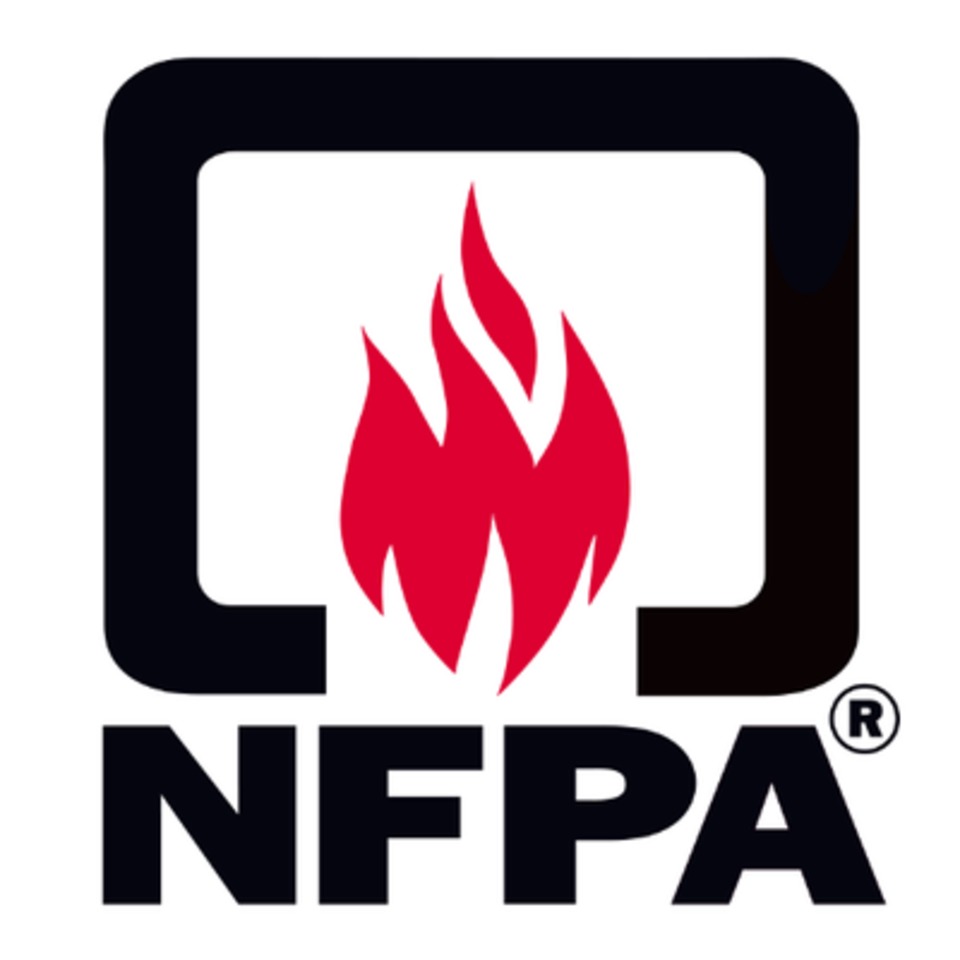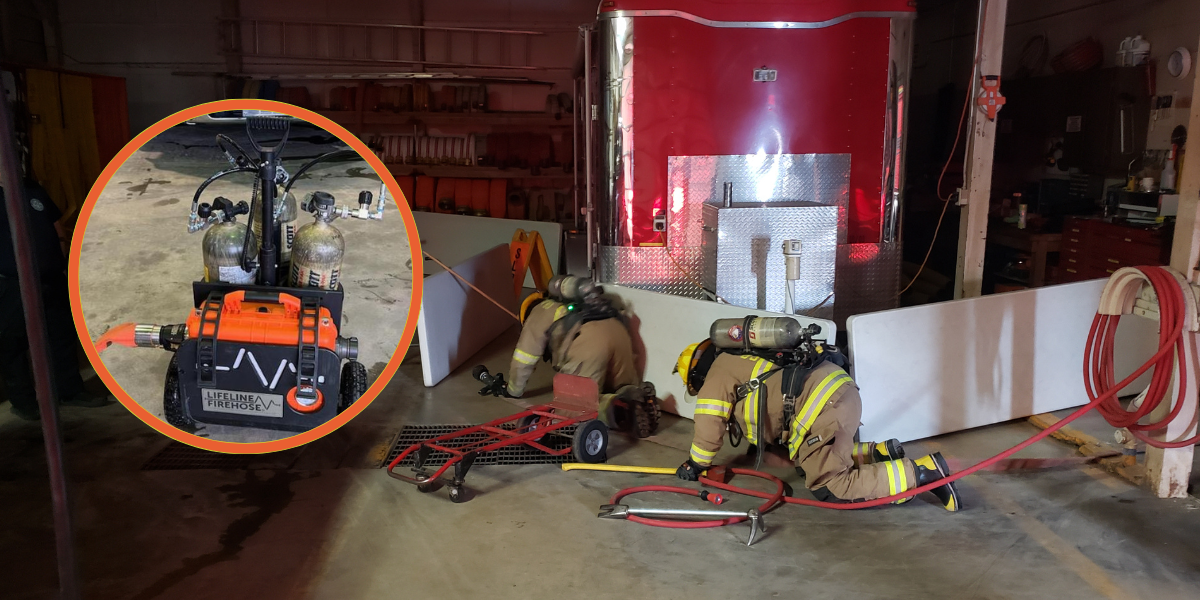A group of 911 organizations jointly announced that they have been participating in an effort to develop recommended minimum training guidelines for the nation’s 911 call-takers and dispatchers.
The recommended topics are intended to give aspiring and current 911 telecommunicators (call-takers and dispatchers) nationally recognized, universally accepted minimum training that will be the foundation for ongoing professional development. National Fire Protection Association (NFPA) and other telecommunicator stakeholders invite you to review “Recommended Minimum Training Guidelines for the 9-1-1 Telecommunicator” found on the National Emergency Number Association (NENA) website, and offer your feedback by pressing the “add a comment” button on the landing page.
“It is vitally important that Americans receive a consistent level of 911 service, no matter where they live or where they travel, and the recommended minimum training guidelines being developed collaboratively by these key organizations are a huge leap forward in achieving that goal,” said Nathan Lee, president of the Denise Amber Lee Foundation.
The topics to be included in the recommended guidelines were identified by members of the following organizations, as well as other key stakeholders representing the 911 community:
- Association of Public-Safety Communications Officials (APCO)
- Connecticut Department of Emergency Services & Public Protection
- Denise Amber Lee Foundation
- Fairfax County (Virginia) Department of Public Safety
- Greater Harris County (Texas) 911 Network
- Hamilton County (Indiana) Public Safety Communications
- International Academies of Emergency Dispatch (IAED)
- National Association of State 911 Administrators (NASNA)
- National Emergency Number Association (NENA)
- National Fire Protection Association (NFPA)
- North Central Texas Council of Governments (NCTCOG)
- PowerPhone
- Priority Dispatch
- RedSky Technologies
- Rochester/Monroe County (New York) Emergency Communications Department
- Vail (Colorado) Public Safety Communications Center
- Weakley County (Tennessee) Emergency 911
The recommended minimum training guidelines will cover the following topics:
- Telecommunicator roles and responsibilities
- 911 call processing
- Radio communications
- Emergency management
- Emergency communications technology
- Legal concepts
- Interpersonal communications
- Stress management
- Quality assurance
- On-the-job training guidelines
It is important to note that the training topics listed above will only provide a minimum level of understanding. In order to field and manage emergency calls in a live environment, telecommunicators must receive supplemental training that will enable them to process discipline-specific emergency calls that are fielded by their respective Public Safety Answering Point (PSAP) or Emergency Services Provider.
The recommended training topics have been vetted by the leadership of each participating organization. The next step will be to allow the 911 community at large to review and comment on the recommended minimum training guidelines. It is anticipated that the recommended guidelines will be finalized for distribution to public safety and emergency response agencies by the end of 2016.
A parallel goal is to develop model legislation that can be used within any state that does not currently have legislation in this area. For those that do, the model legislation is intended as a baseline to ensure that the recommended topics listed above are being covered. The group recognizes and acknowledges that 911 is under the control of state and local authorities, and its intent is to assist those authorities having jurisdiction. These recommended guidelines are not a federal mandate.








